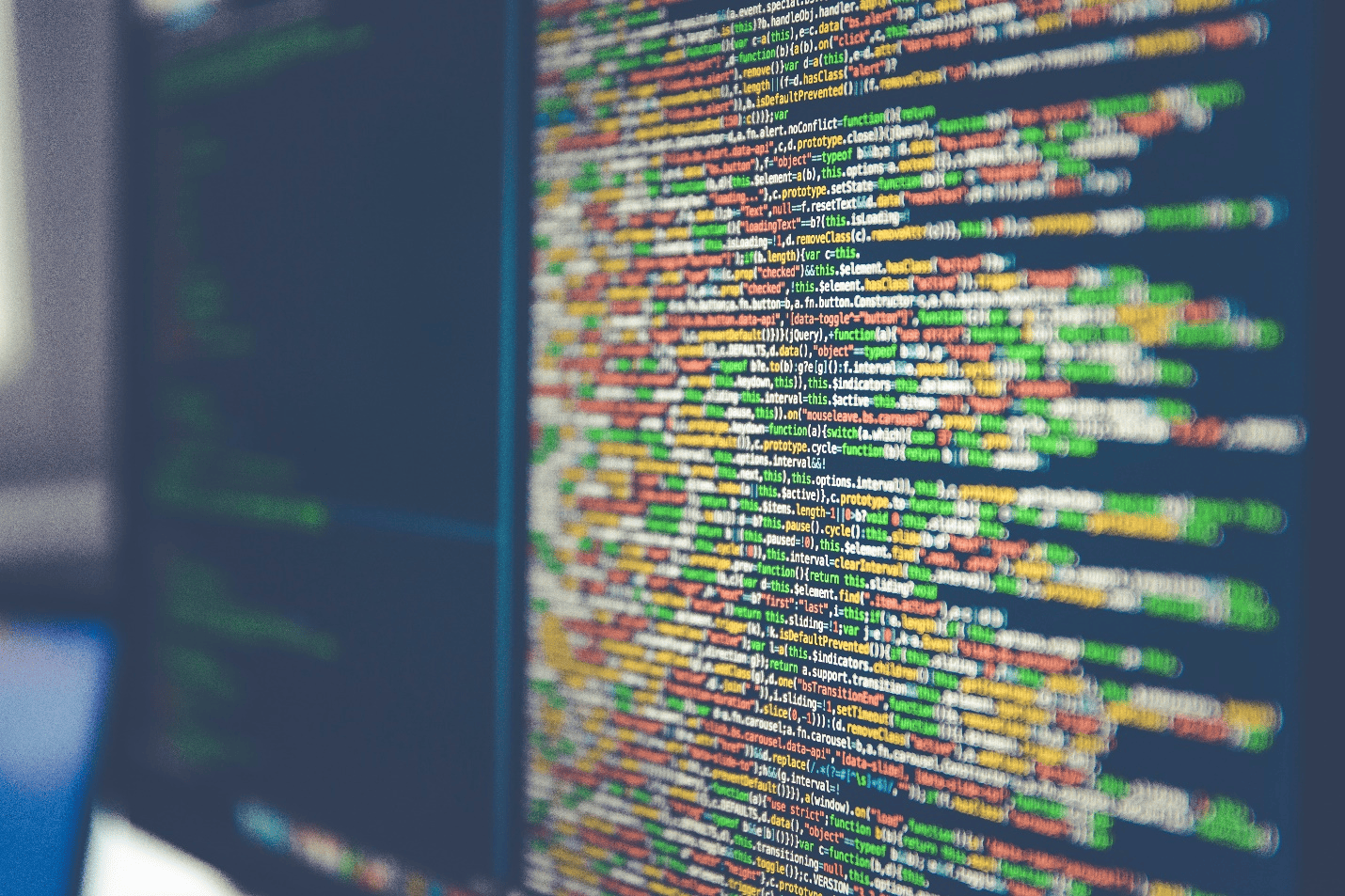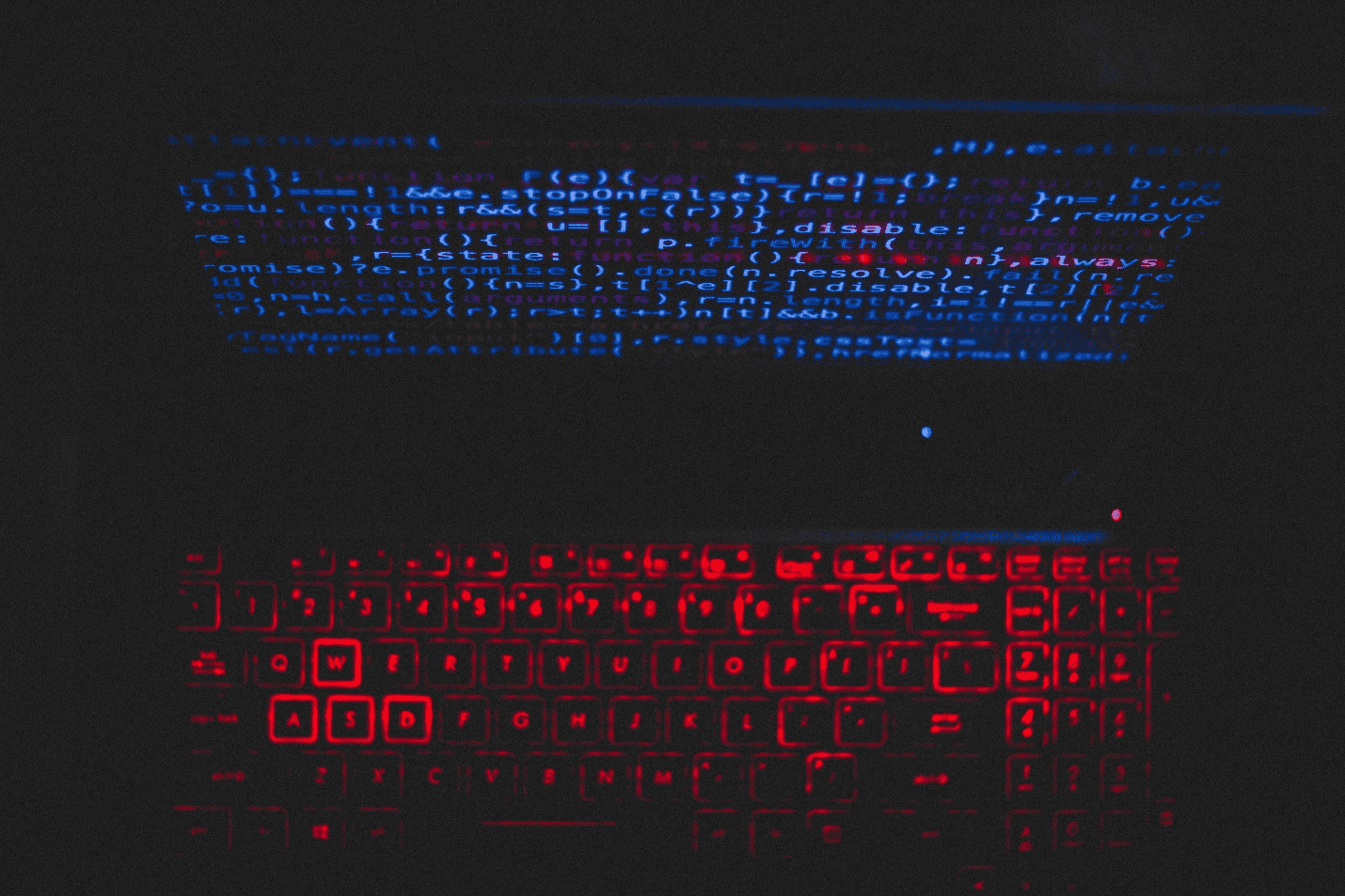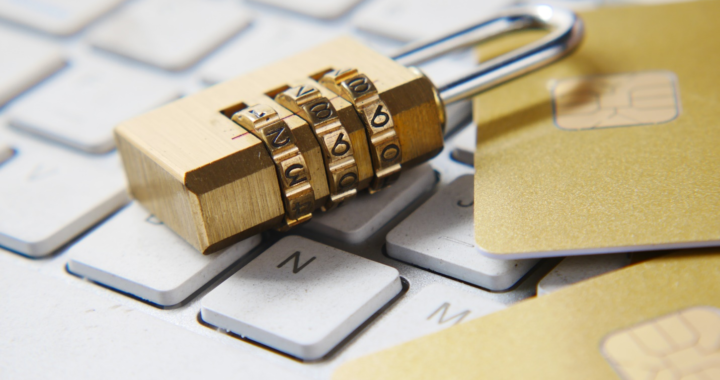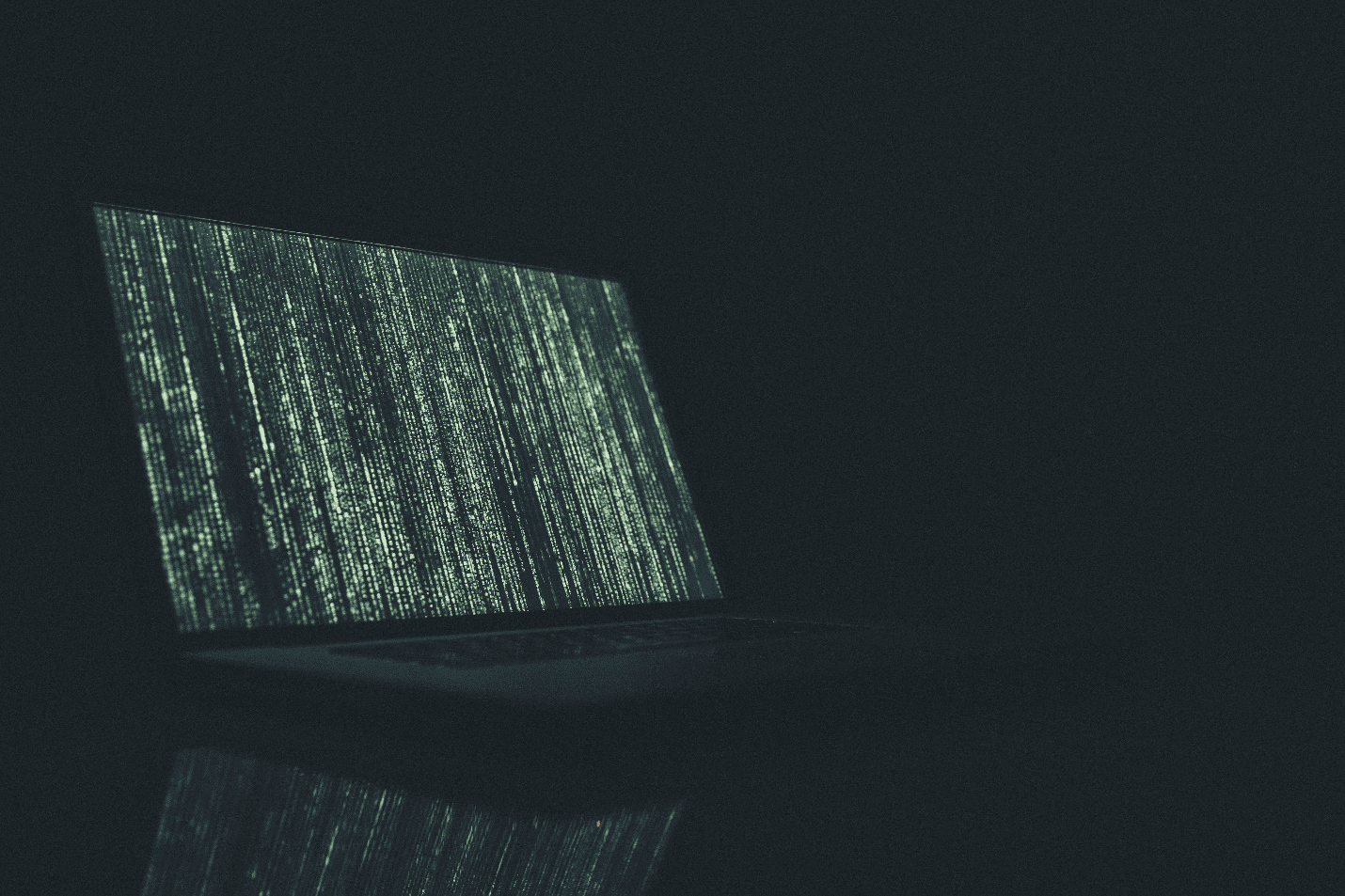When it comes to modern investigations, electronic trails often hold the key to solving complex mysteries. Digital forensics investigation is a field that focuses on unraveling these intricate puzzles by analyzing electronic devices, networks, and digital data.
It encompasses a wide range of techniques and methodologies to retrieve, preserve, and examine digital evidence crucial in legal, cybersecurity, and law enforcement cases. However, out of the many techniques that constitute this discipline, none are as captivating and promising as forensic image analysis.
In this blog post, we’ll uncover all there’s to know about the possible future of forensic image analysis. Our mission is to discuss the emerging technologies and trends reshaping the field and empowering forensic experts to navigate the digital maze with precision. Whether you’re seeking a legal professional digital forensics expert or just curious about the techniques, this exploration promises to be a revelation.
Keep reading to learn more.

Artificial Intelligence and Machine Learning
AI has swiftly transitioned from a futuristic concept to an indispensable tool, revolutionizing the way images are dissected, decoded, and deciphered. It has greatly affected the future of forensic image analysis, propelling investigations into uncharted territories of accuracy and efficiency.
AI and machine learning, driven by algorithms that learn and adapt from data, empower experts to discern complex patterns and anomalies that might evade human perception. The integration of AI ensures images cease to be mere snapshots. Instead, they transform into repositories of hidden insights, waiting to be unearthed.
How AI Has Changed Forensic Image Analysis
AI has the ability to amplify accuracy and expedite analysis. By processing massive datasets with lightning speed, AI extracts nuanced details that might otherwise go unnoticed. This automation expedites investigations, freeing experts from the tedium of manual analysis and enabling them to focus on the art of interpretation. The result? Timely revelations that can make or break a case.
Facial Recognition
Consider the marvel of facial recognition, a quintessential application of AI in forensic image analysis. This technology scans images to identify individuals, facilitating swift matches even across vast databases. In this way, AI dramatically reduces the time and effort required to identify potential suspects or missing persons.
Object Detection
Object detection, another remarkable facet of AI, empowers investigators to pinpoint crucial elements within images. Whether it’s an inconspicuous piece of evidence at a crime scene or an item of interest in a digital image, AI-enabled algorithms flag these elements with unwavering precision. As a result, key pieces of the puzzle are highlighted, guiding experts toward pivotal leads and revelations.
Pattern Recognition
Pattern recognition, a cornerstone of AI’s potential, unveils subtle connections that human eyes might overlook. As images amass, AI can unravel complex threads and unveil relationships, aiding in the reconstruction of timelines and sequences. This capability stands as a testament to AI’s role as a digital Sherlock Holmes, piecing together fragments to illuminate the broader narrative.
However, AI’s contribution to forensic image analysis extends beyond individual applications. It’s a catalyst for efficiency across the investigative spectrum. Imagine sifting through mountains of images to extract the proverbial needle. With AI, this herculean task is reduced, accelerating deductions and ensuring a quicker path to justice.

Advanced Image Enhancement Techniques
Many advanced techniques for improving images have emerged as a powerful tool for uncovering obscured information. As technology advances, these methods play a crucial role in recovering details from damaged or encrypted images, shedding light on once-hidden clues. This trend is transforming how investigations are conducted, providing forensic experts with a potent arsenal to unveil critical insights.
Modern technology has enabled us to salvage valuable information from images that have suffered damage or encryption. New methods utilize algorithms to piece together fragments of data, restoring images that were once thought to be lost. Even images that have been compressed or obscured by encryption can now be revitalized, turning degradation into restoration.
Deep Learning
Deep learning, a subset of artificial intelligence, has helped mimic human brain processes to recognize patterns and improve outcomes. Deep learning models, fueled by extensive visual data, can perceive underlying features in low-quality images. This insight allows them to perform digital restoration, clarifying and refining images that were previously considered beyond repair.
Deep learning acts like a digital magician, deciphering this puzzle through algorithms that analyze and process data in ways human eyes can’t.
However, the significance goes beyond image improvement. Deep learning algorithms have the potential to decode obscured license plates, recover faded text, and uncover concealed elements that hold critical importance in investigations.
Blockchain and Tamper-Proof Imaging
The integration of blockchain technology and tamper-proof imaging has become a gamechanger, improving the future of forensic image analysis. These innovative approaches are rewriting the rules of authenticity and integrity, providing an unassailable fortress against any attempt to alter or manipulate digital images. As this technology matures, its implications ripple far beyond safeguarding data—they extend to maintaining a flawless record of evidence custody, a cornerstone in the realm of legal proceedings.
Blockchain
At its core, blockchain technology is a digital ledger that records transactions in a transparent and immutable manner. This trait renders it a powerful tool for preserving the integrity of digital images. When an image is captured and stored on a blockchain, it’s encoded with a unique digital fingerprint that acts as its digital signature. Any alteration, no matter how subtle, disrupts this signature, leaving behind a telltale mark of tampering.
One of the most significant applications of blockchain in forensic image analysis is maintaining an unbroken chain of custody for digital evidence. Every step in the journey of an image—from capture to analysis to presentation in court—is recorded on the blockchain. This not only ensures that the image remains untampered but also documents each handler and interaction along the way. This comprehensive record is invaluable in court proceedings, where establishing the authenticity and reliability of evidence is paramount.
The value of blockchain extends beyond mere technology—it’s a shield against skepticism and doubt. In the courtroom, the nature of blockchain-recorded images reinforces the trustworthiness of evidence. Judges and juries can be confident that the images they view are faithful representations of reality, untainted by manipulation.
Tamper-Proof Imaging
Similarly, tamper-proof imaging employs advanced cryptographic techniques to seal images in an impregnable vault of authenticity. By embedding cryptographic hashes into images, any alteration—even the most minuscule—creates a seismic ripple in the digital fingerprint, exposing any attempt at manipulation. This technological innovation transcends mere verification; it ensures that images retain their unblemished essence.

Cloud and Big Data in Forensic Analysis
Cloud computing and big data have also emerged as pivotal trends shaping the future of forensic image analysis. That said, the transformative trend also demands a new level of expertise.
The rise of cloud computing and big data has undeniably altered the landscape of digital forensics. Cloud platforms offer vast repositories for storing and sharing data. On the other hand, big data technologies enable the processing and analysis of colossal datasets that were once overwhelming. This dynamic duo promises to revolutionize the speed and efficiency of forensic investigations.
Challenges Posed by Cloud Computing and Big Data
However, the very characteristics that make cloud computing and big data appealing also pose challenges for forensic image analysis. Data scattered across multiple cloud services, platforms, and devices can create a labyrinthine landscape. This might make it an arduous to piece together a cohesive narrative. Additionally, the nature of cloud storage introduces complexities related to data preservation, collection, and extraction. It requires experts to adapt to new strategies and tools to effectively navigate this ever-evolving environment.
This is where digital forensic engineers’ expertise becomes paramount. These professionals possess a deep understanding of the technological intricacies as well as a knack for extracting actionable insights from seemingly disparate data sources. Their expertise helps them navigate the nuances of cloud platforms, untangling the threads of complex data landscapes, and ultimately weaving together a coherent story.
When it comes to industry-leading digital forensics services shaping the future of forensic image analysis, always choose Eclipse Forensics. Our commitment to cutting-edge technology and unwavering expertise empowers us to offer a comprehensive suite of services that go beyond investigation.
Experience the assurance of working with certified experts who understand the nuances of forensic image analysis. Our commitment to maintaining the integrity of evidence through leading chain of custody protocols ensures that the truths we uncover are court-admissible.
Take the first step today by contacting our leading digital forensics experts.





















